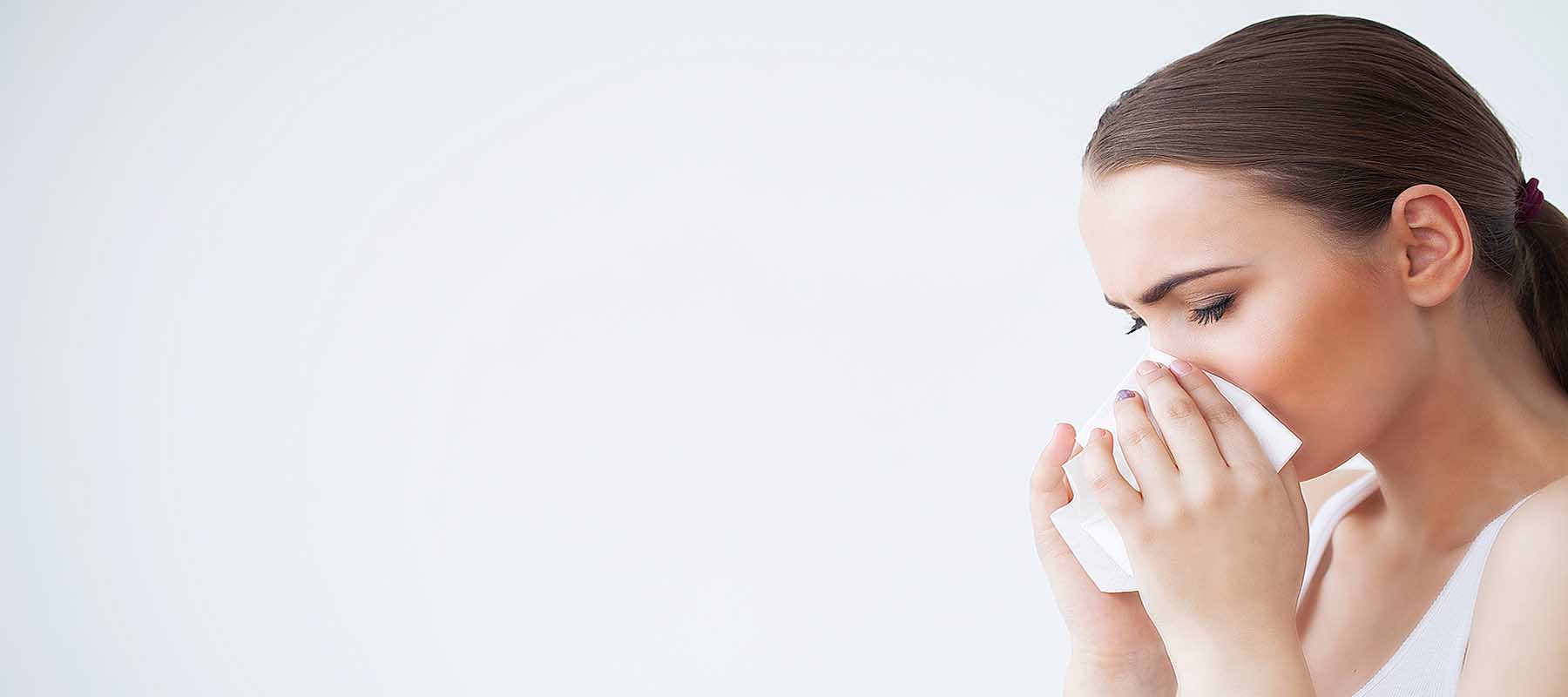I’ve written before about allergies and travel. But what about allergies and flying? This was a great topic suggested by one of the blog readers.
“Peanut fares” and “flying for peanuts” turned Southwest Airlines from a regional carrier to a major national airline. Even though their peanuts are iconic, they offer peanut-free flights.
If you have a nut allergy, it is imperative that you let the airline know when you book the flight. This way, they can accommodate your need to be nut free and the other passengers’ desire for a snack. I know nut allergy can be life-threatening, but I will admit, when Southwest announces that a flight will be nut-free I inwardly groan. Pretzels are usually the substitute snack of choice and I despise pretzels. But I digress.
Also, book your flight for early in the day as possible. Because airlines turn around flights quickly on the ground, the plane isn’t really cleaned between flights as much as “tidied up”. This means that peanut residue may linger from earlier flights. The first flight in the morning will be the cleanest. Even if you are on the first flight, be sure to have your Epi-Pen handy.
If you are concerned about the spread of viruses and bacteria due to recirculated air, the only mask that is going to protect you is an N95-type mask.
These are designed and manufactured to prevent the inhalation of particles as small as 0.1 microns. This will protect against viruses and bacteria. If you remember from the recent swine flu, bird flu, and SARS scares, these were the types of masks you saw people wearing in public.
As far as dust mites and pollens go, the bad news is that the seats and carpets of airplanes aren’t frequently cleaned to remove allergens. This means that everyone that walks on the plane is bringing a small amount of pollen from the location they are leaving.
The good news is that dust mites aren’t found in large numbers on our clothing. This means that you shouldn’t have high dust mite populations on your seat. That is a good thing because it is hard to get liquid through security in your carry-on.
You could put 3 or 4 ounces of ADMS Anti Allergen Spray in a small bottle and spray it around your seat, but do you really want to waste that precious space in your one allowed quart bag of 4-ounce liquids? Not me! I’ll save that room for toothpaste and deodorant every time!
If you are having an allergy attack when you are flying, you need to pay close attention to your ears. Sometimes allergy can lead to the Eustachian tubes being swollen. It is important that this passage be clear when you experience changes in altitude.
It might be necessary to take a decongestant before your flight. If so, remember to allow plenty of time for it to enter your bloodstream. Speaking of medications, if you are like me and suffer from an occasional bout of motion sickness when flying, your allergies are in luck. The active ingredient in Dramamine is very similar to the antihistamine found in Benadryl.
Don’t let your allergies keep you grounded…flying is not a problem if you are prepared!
The Allergy Store
